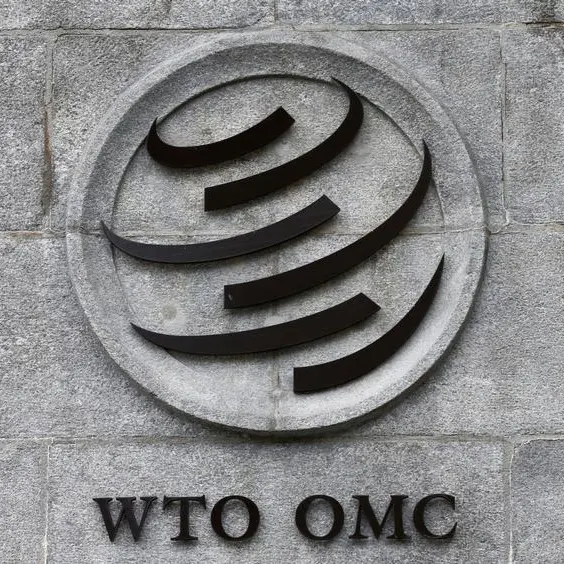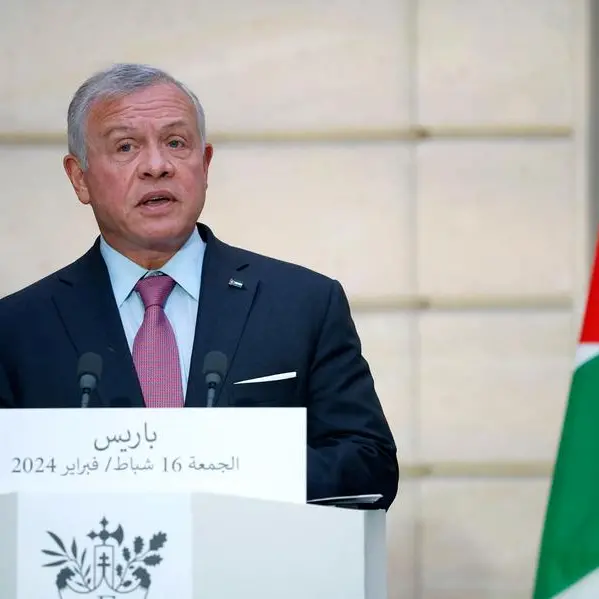Foreign funds and remittances do have a role, but public projects can be decisive
Dealing with unemployment is always tricky. There is no magical recipe or a set of policies than can simply be introduced and problem will be resolved, or at least reduced.
No one could question that increased investments in a given economy can create jobs if the money was put into good use. No one can question either the key role that entrepreneurship can play in job creation. (SMEs provide 70 per cent of the workforce in the Czech Republic.)
And when it isn't foreign direct investment (FDI) or any other inflow remittances for example neither is it entrepreneurship or an increased role for SMEs, it most probably is government spending. Keynesian (theory) has been pretty much defined by that, with government spending being channelled into infrastructure projects. What Maynard Keynes was very specific about is that government role should increase when that of aggregate demand (private) decreases.
In similar fashion, as a lender of last resort, the government could step in to spend money printing it in today's world to create booms in business cycles.
The effect of government intervention cannot be the same in all countries where such a theory is implemented. However, a few countries could possibly benefit from this. Egypt is an example.
But before discussing Egypt's case, allow me to provide another example of where Keynesian economics has done miracles. Thailand, a country with a population north of 67 million, enjoyed an unemployment rate of below 0.5-0.7 per cent before it touched the 1 per cent milestone last year. How was that possible?
Partially by attracting foreign direct investment ($12.6 billion in 2013) and partially by government spending which was at 13.7 per cent of GDP in 2014. That's not it.
I mentioned earlier in this article that investment needs to be directed right to achieve good yields, in terms of employment that is. In Thailand, investments in fixed capital were at 25.4 per cent of GDP.
The relevance here is that public works do employ Thai people, and the continuing cycle of initiating public projects and finishing them ensured the continuity of the employment momentum in the cycle.
So, why Egypt? There is no simple or straight forward answer here. However, Egypt's population is not that much higher than that of Thailand, a bit shy of 87 million based on July 2014 figures (source: 'CIA World Fact Book').
Unemployment though is at 13.4 per cent, with unemployment among youth being a completely different story. In comparison with Thailand's 2013 foreign direct investments (net inflows), Egypt managed to secure less than half of the amount at about $5.53 billion (source: World Bank).
Considering the dire situation government finances might be in, government spending might not be an option for Egypt. Anyway, government spending is at 12 per cent of GDP which is not far off from that of Thailand's. Yet, investment in fixed capital is at 13 per cent and that's where things could be changed for the better.
The recent Egypt Economic Development Conference (EEDC) in Sharm Al Shaikh witnessed the announcement to build a new capital at a cost that "could total $300 billion for completion" (source: CNBC). A great start ... but besides building a new capital and probably smaller cities and better connections between them there is also the need to upgrade existing infrastructure which could on its own boost employment.
Not only that, but looking at what has become of the current capital? There is no doubt the shifting of people out of the capital, the tearing down of deteriorated buildings and construction of new could be of key importance to decrease the double-digit unemployment rate.
The thought that I want to leave you with is: how is it possible for Thailand with a land area of 510,890 square kilometres to have 5,327 kilometres of rail lines, while Egypt with a land area of 995,450 square kilometres has only 5,195 kilometres of rail lines?
© Gulf News 2015











